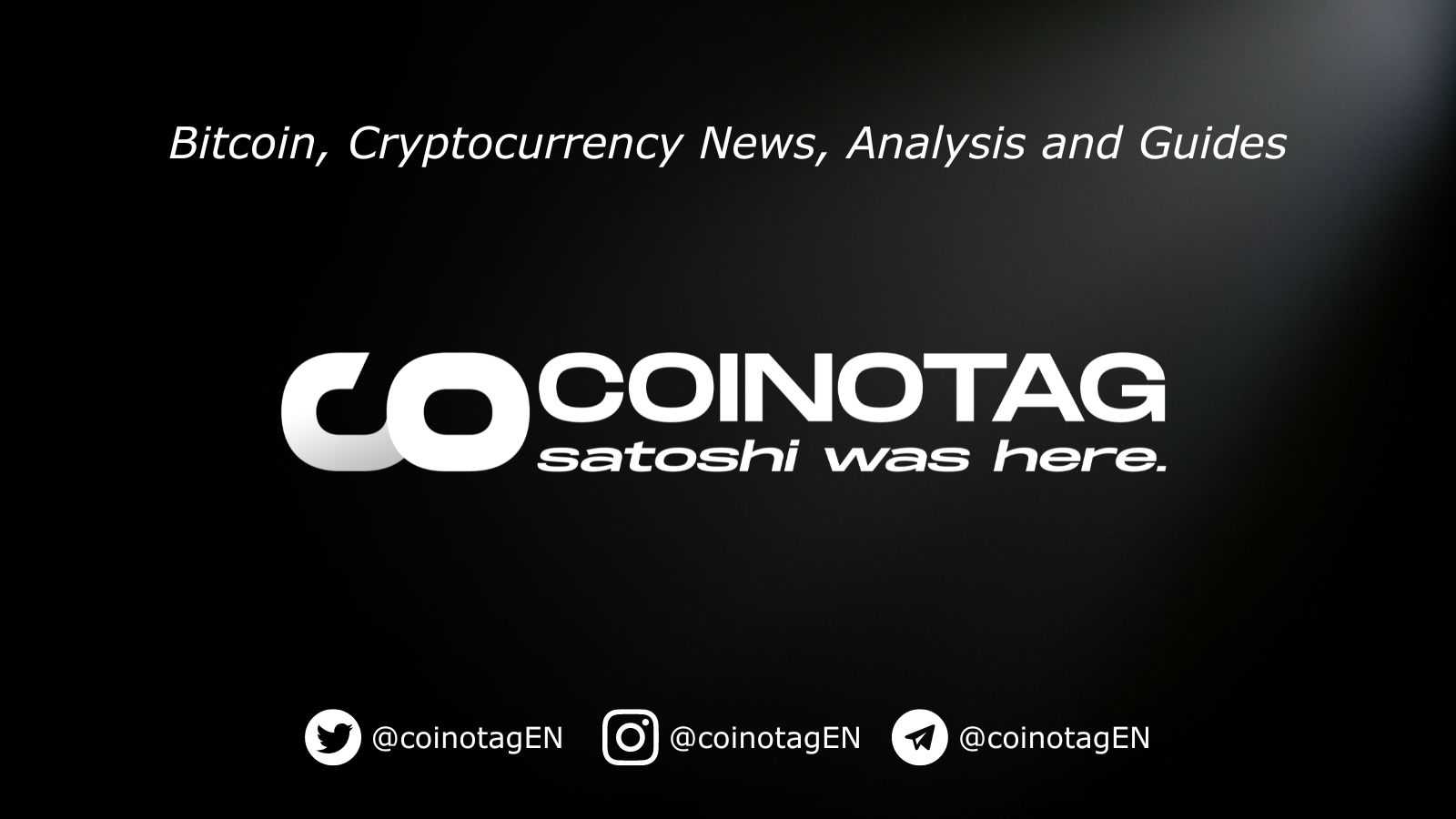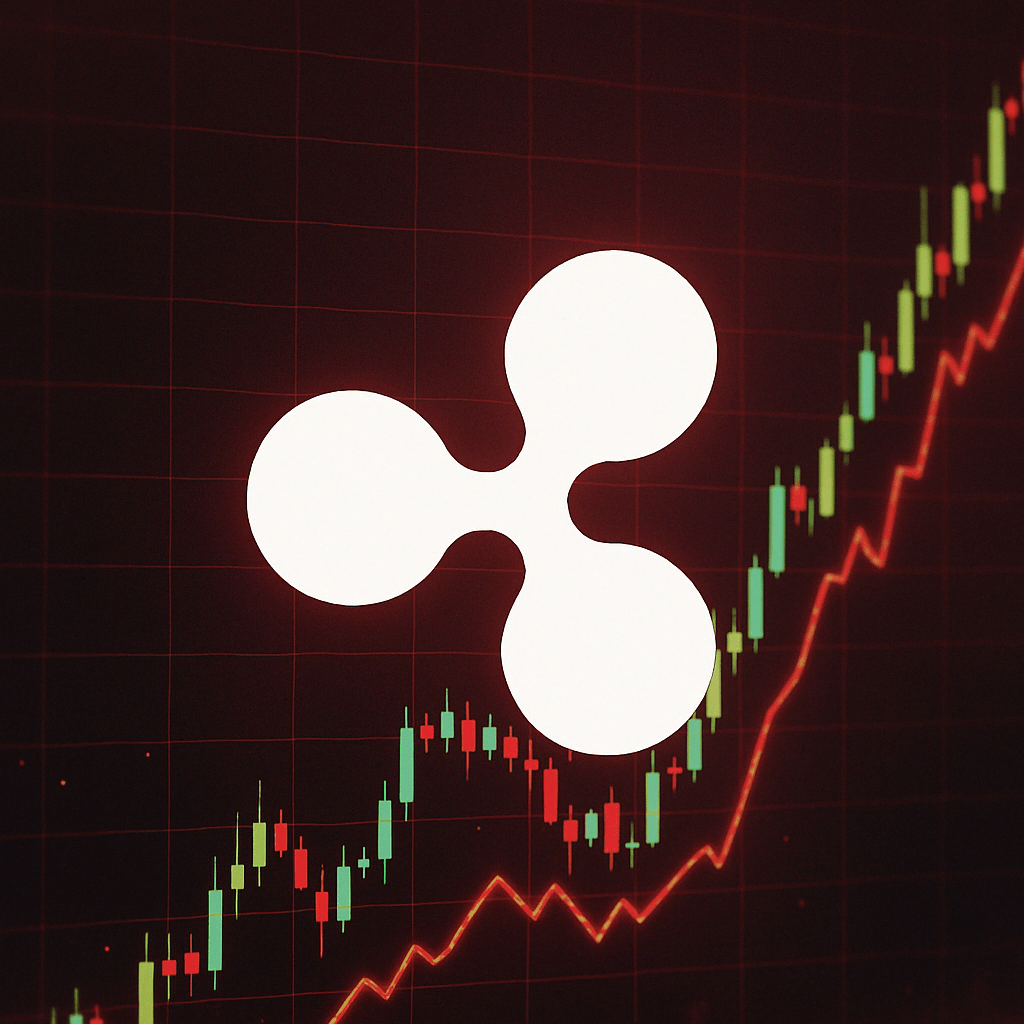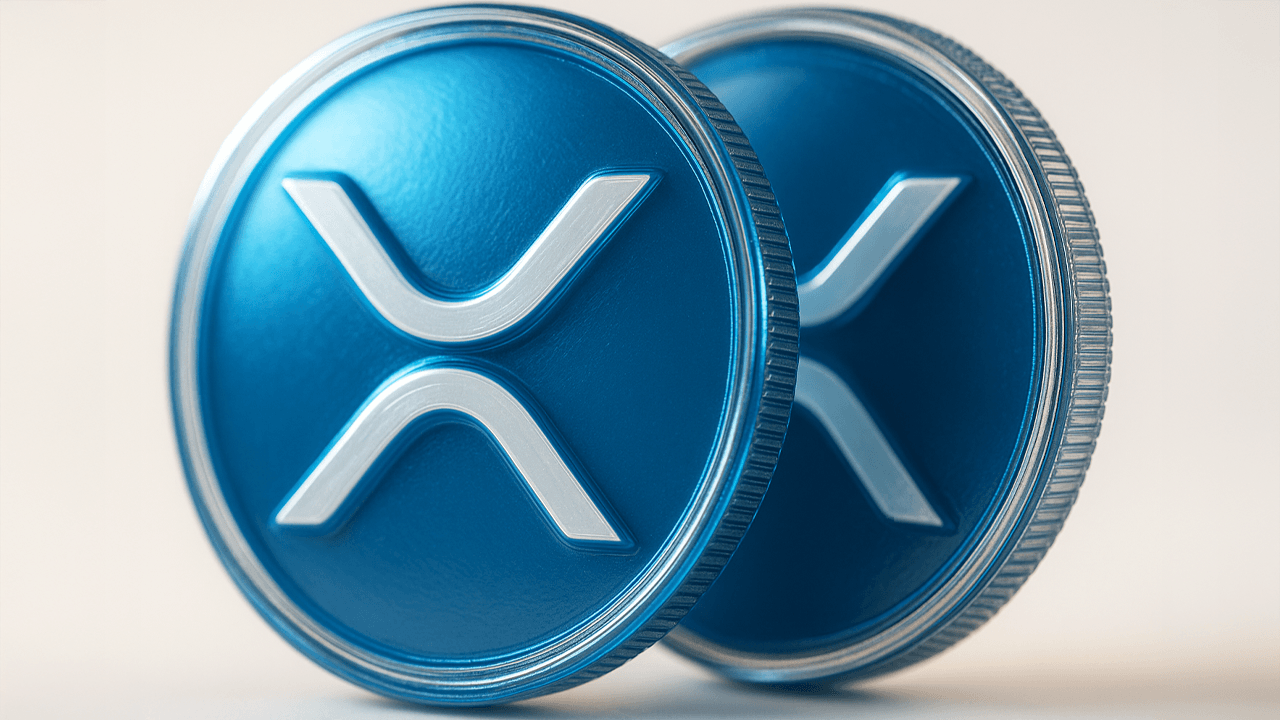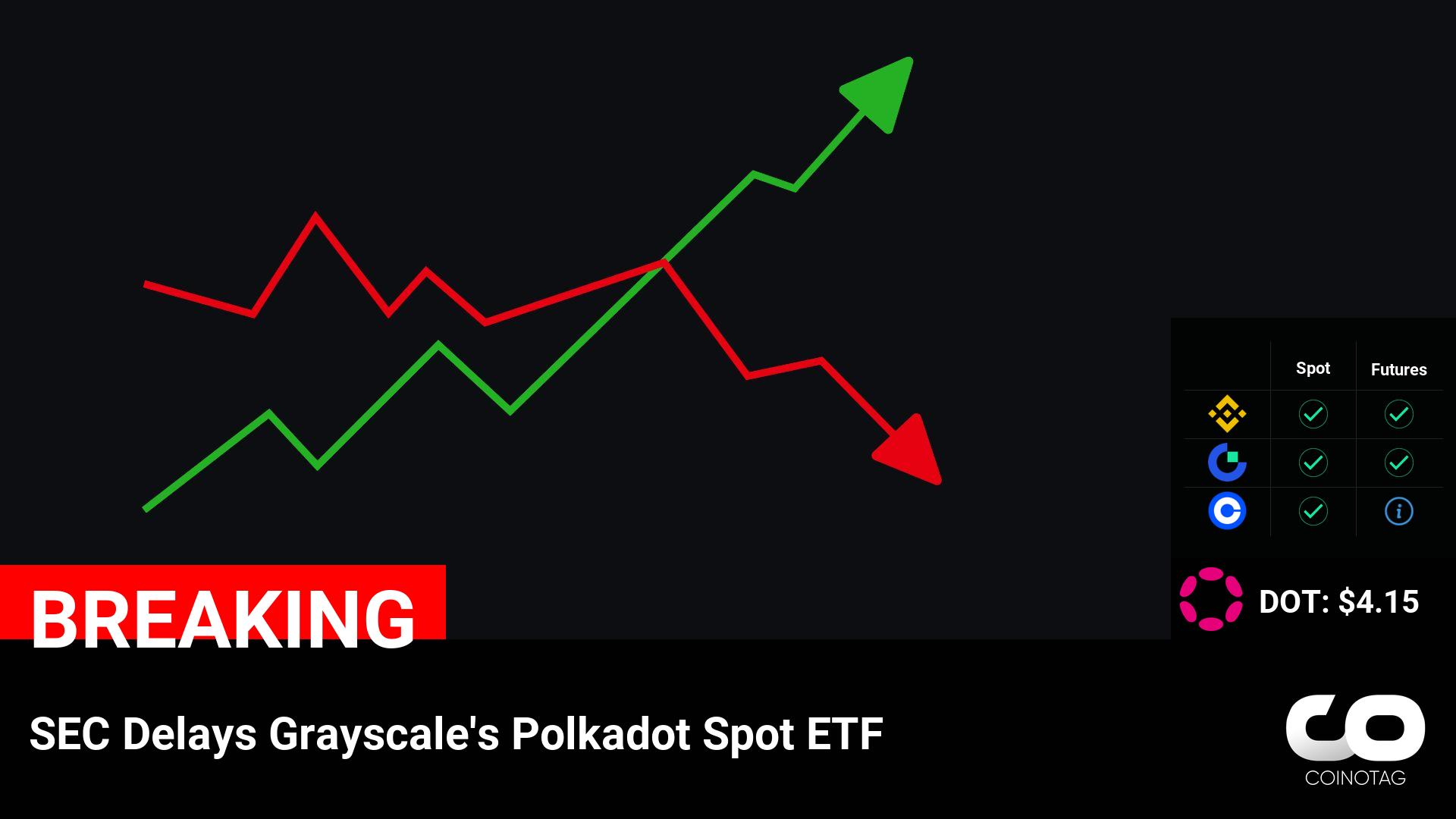
John D’Agostino, Head of Strategy at Coinbase Institutional, revealed that sovereign wealth funds and institutional investors have become key drivers of bitcoin accumulation in April, contrasting with retail investors’ retreat from exchange-traded funds (ETFs). Institutional Demand and Sovereign Funds, Not Retail, Behind Bitcoin’s April Rally, D’Agostino Tells CNBC Sovereign wealth funds — state-owned investment pools
Bitcoin.com
You can visit the page to read the article.
Source: Bitcoin.com
Disclaimer: The opinion expressed here is not investment advice – it is provided for informational purposes only. It does not necessarily reflect the opinion of BitMaden. Every investment and all trading involves risk, so you should always perform your own research prior to making decisions. We do not recommend investing money you cannot afford to lose.
What to know about IOTA’s Rebased upgrade: deprecated Firefly wallets, changes in validator tokenomics

IOTA’s upcoming Rebased upgrade could be its most ambitious yet, replacing centralization with decentralization and unlocking smart contracts for a future-ready blockchain. On May 5, IOTA will activate Rebased , a protocol upgrade that marks the project’s most ambitious departure from its original architecture since its inception in 2015. More than just a technical milestone, Rebased appears to be a foundational pivot — one that replaces legacy components, modernizes the network stack, and reframes the network’s broader identity in the crypto landscape. Once branded as a “blockchain without blocks,” IOTA’s earlier value proposition hinged on the promise of a feeless, scalable network powered by the Tangle, a directed acyclic graph designed to process transactions in parallel rather than sequentially. But that promise came with its caveats: the project spent years shackled to a centralized Coordinator node that acted as a gatekeeper for transaction finality. Despite efforts like Coordicide, IOTA struggled to fully convince skeptics that it could deliver decentralization and developer traction at the same time. With Rebased, the developers want to change that narrative. What’s coming for IOTA The Rebased upgrade transitions IOTA to a delegated proof-of-stake model where validators are elected by token holders. With the Coordinator gone for good, network security and consensus now rest on a decentralized set of nodes, each accountable to the community. It’s the first time in IOTA’s history that the network will finalize transactions without any centralized fallback. Yet, consensus is just one layer of this overhaul. The real headline may be what’s now possible on top of IOTA’s new layer. Rebased introduces native smart contract capabilities through MoveVM, a virtual machine that runs the Move programming language originally developed by Meta for its failed Diem project. By choosing Move over Ethereum-style EVM compatibility, IOTA seems to betting on long-term sustainability over immediate compatibility. Key features of MoveVM | Source: IOTA You might also like: IOTA integrates Nansen to bring advanced on-chain analytics to users Smart contracts on IOTA will run directly on layer-1, rather than via sidechains or bridged networks like it works with Ethereum. This puts IOTA on a path to compete more directly with other layer-1 networks like Aptos ( APT ) or Sui ( SUI ), which also use Move. Transaction costs would remain near zero, while the protocol would still allow tipping validators to prioritize transactions, ensuring fair processing during sudden demand spikes that outpace gas price adjustments. “The protocol would still allow for tipping validators for prioritization, ensuring transactions can be processed fairly when demand spikes faster than the protocol can adjust gas prices.” IOTA Scalability, long touted but rarely successfully realized, also gets a practical upgrade. The Mysticeti consensus algorithm, introduced with Rebased, targets over 50,000 transactions per second with sub-second finality under normal conditions. Both Solana and IOTA’s Rebased network require similarly robust infrastructure for their validator nodes, including 24-core CPUs, 128 GB of RAM, 4 TB of storage, and 1 Gbps internet connections. What IOTA’s Rebased means for regular users For everyday users, the transition will be pretty noticeable. The Firefly wallet — once the primary interface for IOTA — will be deprecated. Users are expected to migrate to a new browser-based IOTA Wallet, designed to support the Rebased protocol natively. Moreover, the migration isn’t automatic: users must back up their Firefly wallets using stronghold files, mnemonics, or exported keys before the upgrade goes live. Anyone relying on Ledger hardware wallets will also need to manually install a new version of the IOTA Ledger app, especially since Ledger Nano S support is being sunsetted in Ledger Live. There’s also a long-awaited change in how IOTA holders interact with the network: staking. For the first time, token holders can lock up their assets to earn rewards, and more critically, to influence validator selection, introducing new economic alignment between the protocol and its participants, something IOTA has lacked until now. IOTA Rebased tokenomics | Source: IOTA The minimum staking requirement to become a validator would be set at 2 million IOTAs, with an initial cap of 150 validator seats. Validators can meet the minimum staking requirement through delegators’ stake contributions, allowing for flexibility in participation. Exchanges supporting IOTA will pause deposits and withdrawals during the upgrade window but are expected to resume shortly after the mainnet transition. Trading activity, however, should continue uninterrupted. For a project often criticized for over-promising and under-delivering, Rebased is a moment of redefinition. It turns IOTA into a decentralized, programmable, scalable layer-1 protocol with real developer tooling and economic incentives. It’s not a patch or optimization. It’s a clean break. The stakes are high: if successful, Rebased could finally turn IOTA into what it always aspired to be: a general-purpose decentralized network that competes on technical merit, not just white paper vision. And if not, the crypto space is less forgiving today than it was in 2017. Read more: IOTA announces network upgrade for more real-world adoption Bitcoin.com

Bitcoin’s $250K Projection Intact; XRP and Solana Also Eye Massive Gains for 2025
With forecasts for Bitcoin climbing toward the six-figure mark again, market confidence is returning. Institutional flows are increasing, spot ETFs are gaining traction, and macro tailwinds are pointing in a direction that could make 2025 one of the most bullish years for digital assets in recent memory. Naturally, tokens like XRP and Solana are also regaining visibility. Both have strong infrastructure, global relevance, and communities that have held through multiple cycles. But while legacy coins begin another potential climb, something more subtle—and perhaps more powerful—is happening outside the spotlight. That something is MAGACOINFINANCE . MAGACOINFINANCE Is Surprising Analysts With Its Staying Power Every cycle has a surprise. This year, many are starting to believe it could be MAGACOINFINANCE . What started as a low-cap, early-stage token with minimal press coverage is evolving into one of the most consistently mentioned names among early investor networks. What’s setting MAGACOINFINANCE apart isn’t noise—it’s signal. It’s how the project is moving through its development milestones with clarity. It’s the strength of the community that’s forming without gimmicks or giveaways. And most of all, it’s the quiet belief building around its long-term potential. In a space where fast hype fades quickly, MAGACOINFINANCE is showing that real momentum doesn’t need volume to be validated—it needs consistency. And that’s exactly what’s being noticed by those watching closely. Market Movers in Focus: Ethereum, Cardano, Hedera Hashgraph, and Chainlink Ethereum continues to act as the central layer for innovation, with Layer-2 solutions, staking protocols, and enterprise adoption expanding by the day. While it may not deliver parabolic movement, it remains the cornerstone for on-chain development. Cardano is building slowly and steadily, guided by academic rigor. Its focus on peer-reviewed development has made it a trusted name among long-term holders, even if it lags in fast user onboarding. Hedera Hashgraph has carved out its place in enterprise use cases. Its energy efficiency and speed have made it a top choice for major institutions exploring blockchain-backed systems. Chainlink , the leader in decentralized oracles, continues to integrate across multiple ecosystems. It’s an essential pillar of real-world data feeding into smart contracts and will likely remain a critical asset across market cycles. Each of these projects is valuable, but each is also well known. MAGACOINFINANCE , on the other hand, still has the one thing those giants have lost—surprise. And that makes all the difference in an environment searching for new conviction. GET 50% EXTRA BONUS – USE CODE MAGA50X – LIMITED TIME OFFER Looking Ahead The conversation around Bitcoin moving toward $250K is a loud one—and deservedly so. XRP , Solana , and other blue-chip altcoins will remain central to crypto’s forward momentum. But for those looking to position early and think differently, MAGACOINFINANCE may be the asset that tells a very different story by the time the year ends. To learn more about MAGACOINFINANCE , please visit: Website: https://magacoinfinance.com Pre-sale: https://magacoinfinance.com/presale Twitter/X: https://x.com/magacoinfinance Continue Reading: Bitcoin’s $250K Projection Intact; XRP and Solana Also Eye Massive Gains for 2025 Bitcoin.com











